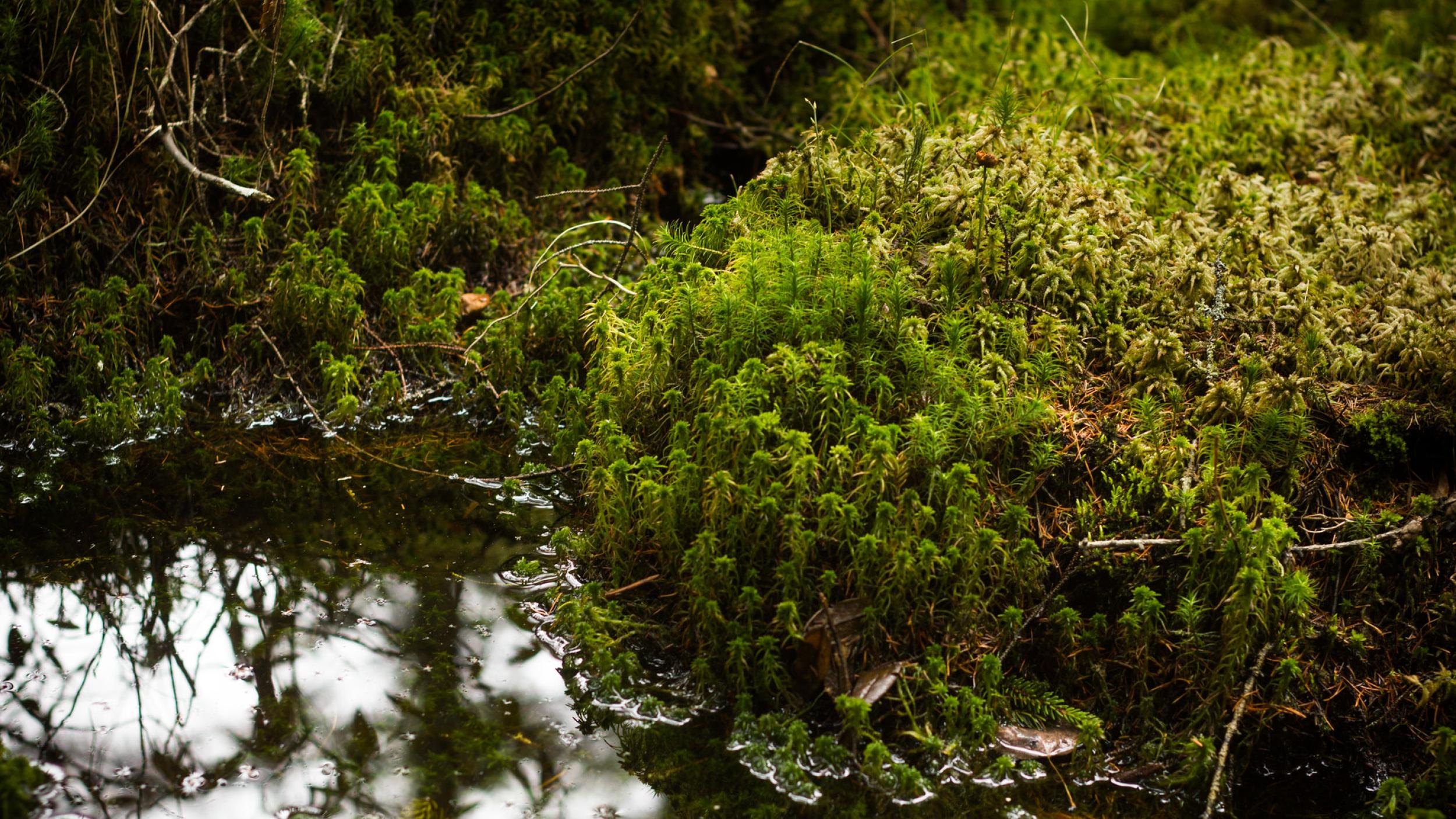
LIFE Peat Restore publishes Handbook for Assessment of GHG emissions from peatlands
LIFE Peat Restore has published a handbook sharing findings from its restoration projects across Europe. The LIFE Peat Restore project aimed to reduce CO2 emissions by restoring degraded peatlands in Northern European Lowlands, with project sites in Germany, Poland, Lithuania, Latvia and Estonia.
The project collected data on greenhouse gas (GHG) emissions from its project sites after restoration using two methods: direct measurement through collecting GHG fluxes from the rewetted peatlands, and Greenhouse Gas Emission Site Type (GEST), which uses vegetation and the water table as proxies for estimation of GHG emissions. These data were then compared to assess the reliability and suitability of GEST as a methodology for measuring or estimating GHG fluxes following peatland rewetting.
Some key conclusions resulting from the study show that:
The GEST measurement is less expensive and time consuming; therefore, it is more attractive to be used on a wider scale. However, the GEST approach is not as precise and accurate as direct GHG measurements at a microsite scale and does not sufficiently account for spatial and temporal variability across sites.
Therefore, the authors recommend that GEST be used to broadly estimate the fluxes of GHG in rewetted peatlands and to upscale direct measurements of GHG emission fluxes. Direct measurements of GHG fluxes from rewetted peatlands should continue to be used to secure accurate and precise measurements of GHG fluxes from peatlands.